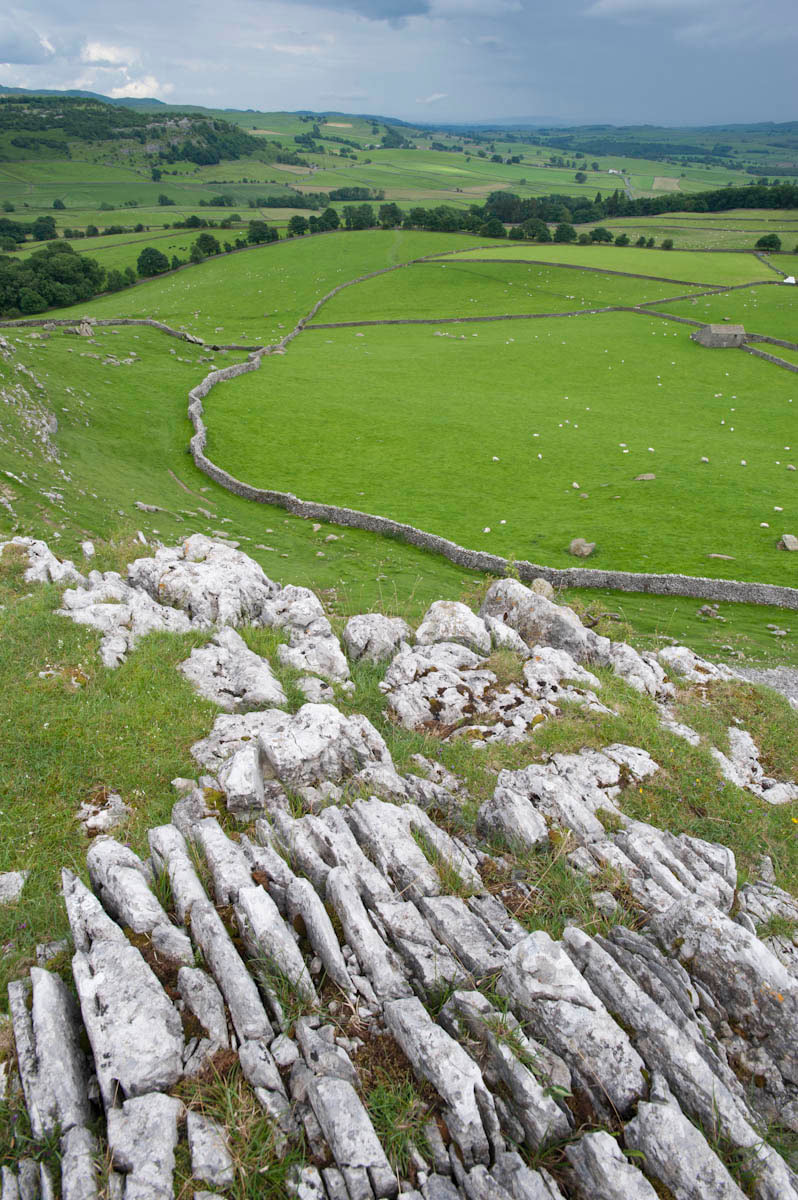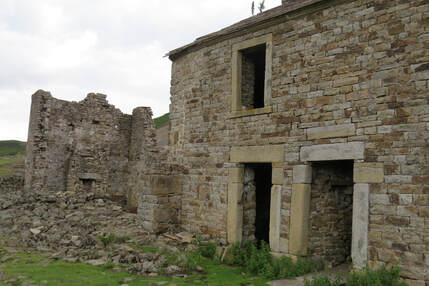
Despite taking his O' levels in Singapore, he'd still learnt about the limestone pavements of the Yorkshire Dales.
Like many of the features right in front of our nose, we take them a little for granted: just one of many attractive and distinctive sights in the Yorkshire Dales. The reality though is that limestone pavements are quite rare and they've very special habitats.
The majority of them in Britain are to be found in the Yorkshire Dales National Park and Cumbria. The most favourite limestone pavement, and the one that featured in geography syllabuses as far away as Singapore, is the one above Malham Cove. You can also find them in other areas of Malhamdale, Ribblesdale near Ingleton and White Scar Cave, Crummackdale, and above Austwick on Moughton. They're often on the top of scars or limestone cliffs, a startling plateau of limestone rock, weathered by centuries of wind and rain.
Limestone pavements were first formed by ice sheets which effectively scoured the limestone rock. The block-like pavement effect comes from the clints and grikes in the blocks of limestone. The clints are the flat slabs of limestone and the grikes the cracks between them which have been widened by water over time. It's this combination that makes such an important habitat. Plants that love light grow along the clints and those that prefer shade grow in the grikes, out of reach of grazing animals. Several ferns such as hart's-tongue, limestone fern, buckler-fern and holly fern all grow there as well as plants like rock-rose and bloody crane's-bill. There are Limestone Pavement Orders in place to protect this biodiversity.
All images by Paul Harris.























 RSS Feed
RSS Feed
